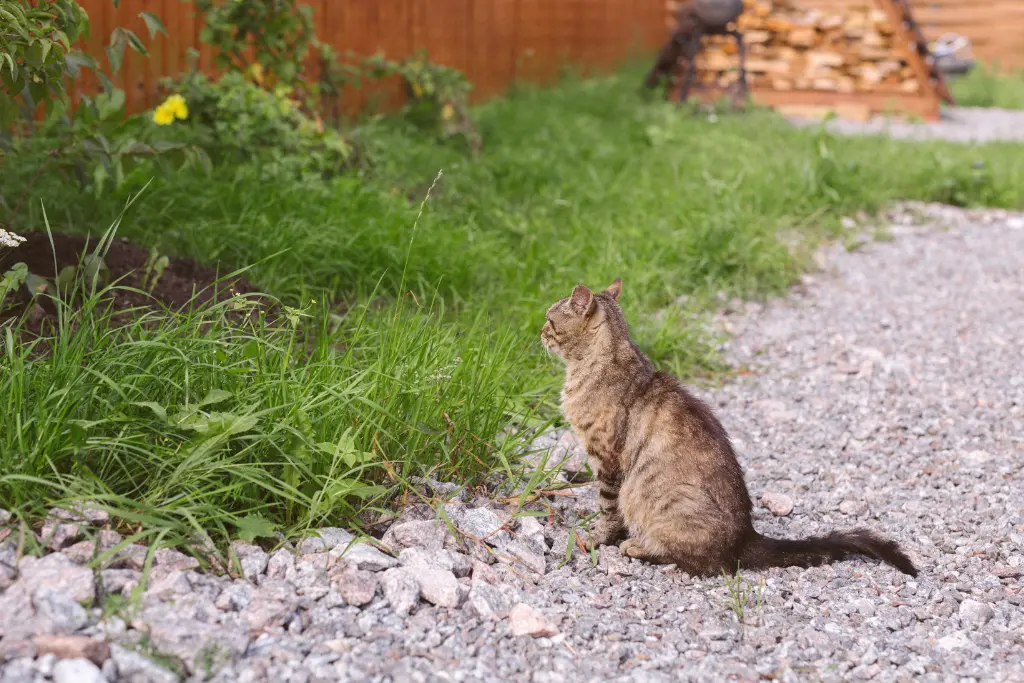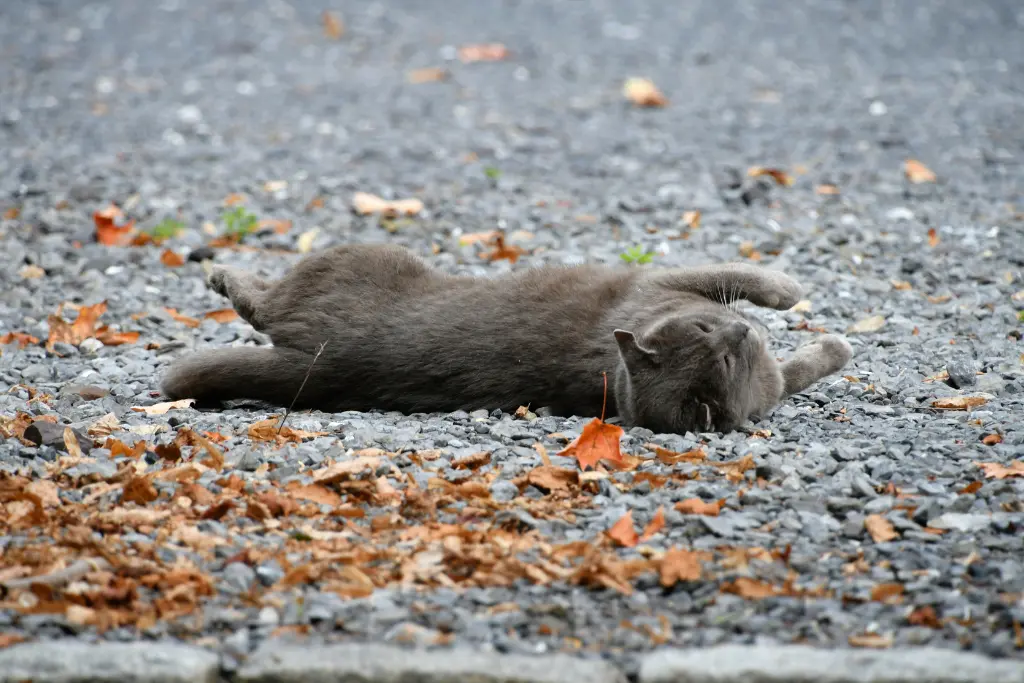The charm of cats lies in many things such funny tricks that they do during the daytime or the evening walk together with us. However, when these furry pals transform our pea gravel walks and garden beds into their designated toilet areas, the affection may be replaced with irritation at a moment’s notice. Four legged friends and our gravel dilemma of selecting the most appropriate size without interfering with our garden appearance. For that reason, this guide will discuss specifics of picking a right gravel size to deter cats plus introduce other techniques for preventing such undesired depositions.
The caveat of Using Gravel
Before we dive into the search for the perfect gravel size, we have to know about the caveat the possible dangers involved in applying gravel at homes. Gravel can be considered as a deterrent but not as full-proof. Some cats might still like it or consider it as an opportunity to dig it. Moreover, gravel could cause pain in weak feet of cats that may or may not convince them.
Which are the ideal sizes of gravel for deterring cats?
Cats are easily deterred by small stones measuring 1-2 inches (2.5-5 cm). The size should be sufficient for you to move around without struggling and sufficiently heavy for the cats to find it hard walking on it.
This involves using different sizes of gravel depending on your needs and preferences. For instance, you can try using a cover of one inch gravel on top of another two inches. The situation will only become worse as cats will find this uncomfortable to walk on.
Size Isn’t Everything
Size may be an important factor, but alone is not determinant of successful repelling cats. Moreover, the type of gravel is important as well. Cats generally hate sharp texture, therefore using a gravel having mixed shape or texture in it can increase the effectiveness of this material. Think about the decorative gravel which is combined with various dimensions and forms of stones can be non appetizing to cats.
Best sized gravel chunks for cat deterrence
Small Gravel (1/4 to 3/8 inch)
The small gravel sizes like one fourth to three eighth inch helps stop the cats even though they maintain neat and nice lawn appearance. Its large size makes it rough for cat’s legs and therefore it becomes difficult to walk on or burrow. Also, small gravel creates sufficient runoff and is cheap to manage.
Medium Gravel (1/2 to 3/4 inch)
Thus, gravel of medium size is considered optimal that creates balance between cat deterring properties and aesthetic looks. This is gravel of 1.27 – 1.9 for cm, which is larger than conventional size and more noticeable but has added visual appeal in your landscape garden. It is flexible in that it serves a lot of functionality aspects which are also aesthetic.
Large Gravel (1 inch and above)
Larger gravel sizes of approximately an inch or more will work as good cat deterrent solutions. The large surface of this caters is hard for the cats to walk across, so they should not use your garden as their toilet. Also, even though large gravel has a more utilitarian appearance, it provides good drainage and requires minimum maintenance.
Which kind of gravel deters cats effectively?
Another factor to consider is what kind of gravel you opt for. Rough Angular gravel would deter cats more so than smooth round gravel. This is as rough gravel may also end up scratching their paws.
Some good types of gravel to deter cats include:
- Crushed stone
- River rock
- Pea gravel

How to Stop Cats Pooping on Gravel
The choice of the type of the gravel is the first step. Then, lets see some useful tips for stopping cats turning the gravel paths into their own latrines.
Treat Your Gravel
Use natural deterrents to treat your gravel. Some essential oils that cats do not like include those of lemon, rosemary etc. Spraying these elements onto the gravel, or mixing them with it constitutes an olfactory boundary which makes a cat refrain from making use of this place as litter box.
Add Ultrasonic Cat Repellents
Using technology in your cat’s repellent system could prove very efficient. Ultra sound cat repellent emits sounds which are not audible for almost all people however are highly discernable by cats. # Strategically placing such devices along the gravel paths can act as a sonic shield preventing harmless interference by cats.
Add Sharp Stones
Add some element of discomfort in the gravel itself, such as small rocks or decorative spines. Cats do not often dig and also walk in rough areas which can injure the paws. Make sure these stones go smoothly inside the gravel bed and ensure that it looks good because this will send a strong message to other cats.
Conclusion
Selecting the optimal gravel size will require creativity in choosing the correct size along with adequate supplementary cat deterrent measures. However, remember that gravel is not a panacea. Learning about caveat, conducting trials with different gravel mixes, and even utilizing additional anti-cat measures such as treating your gravel or relying on ultrasonic repellers may eventually help you discourage unwelcome feline guests. Find a workable balance, and recapture your garden/yard from the claws of those pesky neighborhood cats.

